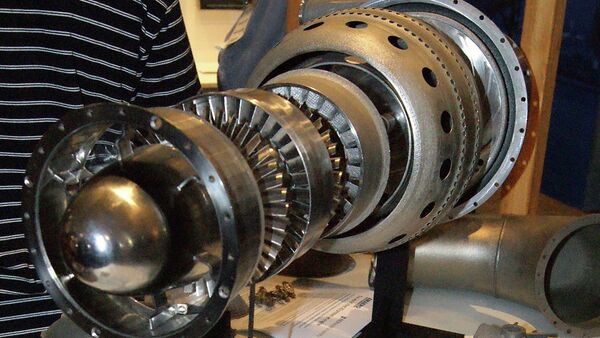Two such engines were printed by researchers from Monash University in cooperation with its spin-off company Amaero Engineering. One of them is currently on display at the International Air Show in Avalon, Victoria.
The engines have already captured the attention of Airbus, Boeing and defense manufacturer Raytheon.
The process of printing parts is of paramount importance because of the reduced lead time, the lighter weight of parts and lower production costs.
Researchers created engine parts by using printers that spread a very thin layer of metal powder across a base plate. After that, a laser was used in order to form the required shape with the help of a computer-generated outline.
Ben Batagol of Amaero Engineering touted the project, which took a year to complete.
"The project is a spectacular proof of concept that’s leading to significant contracts with aerospace companies. It was a challenge for the team and pushed the technology to new heights of success – no one has printed an entire engine commercially yet," Ben Batagol, of Amaero Engineering, said.
Researchers said that the next step will focus on fine-tuning the finish of the components, with the testing of a 3D-printed engine expected to take place in the next few years.



